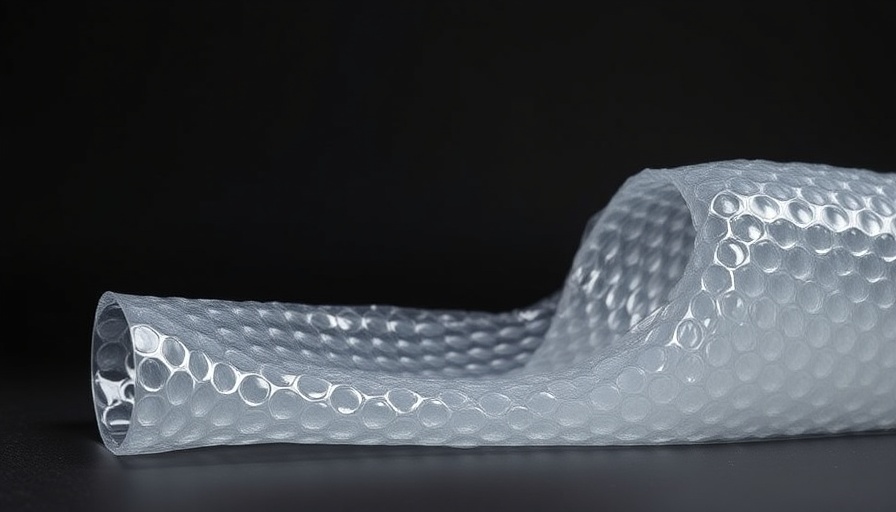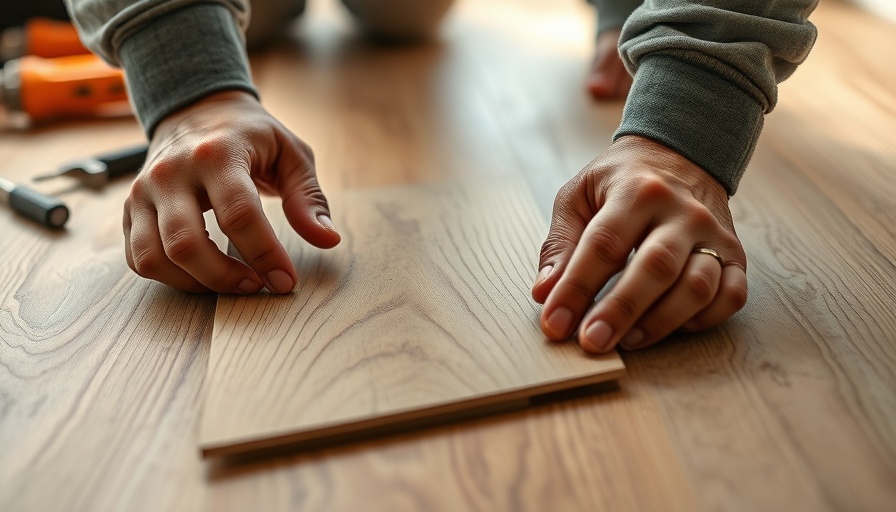
Why Bubble Wrap Matters in Your Moving Process
When it comes to moving or protecting fragile items, bubble wrap reigns supreme in the arsenal of packing materials. Its unique design not only provides exceptional cushioning but also serves practical purposes during the moving process. If you're a homeowner planning a DIY project or renovation, understanding how to effectively use bubble wrap can prevent potential disasters involving your cherished possessions.
Understanding the Construction of Bubble Wrap
Have you ever stopped to think about the ingenious design of bubble wrap? Made from polyethylene, it consists of two primary sheets: one with bubbles and one flat layer. This construction isn't just for looks—according to moving expert Ross Sapir, the bubbles are formed on one side while the flat side stabilizes and seals them. It’s crucial to know that the flat side is not just a mere afterthought; it’s designed to withstand stacking and pressure while maintaining the integrity of your wrapped items.
The Importance of Bubble Placement
One common misconception among homeowners is that any side of the bubble wrap will do for packing items. However, Sapir emphasizes the significance of facing the bubbly side toward the object being wrapped. This helps to maximize cushioning, absorb shocks, and prevent delicate items from hitting hard surfaces. With shifting, bumps, and vibrations during transport, proper placement can be a game-changer in avoiding damage.
A Step-by-Step Guide on How to Bubble Wrap Like a Pro
Grabbing any roll of bubble wrap might seem like an effortless task, but technique is key. Here's a comprehensive step-by-step guide:
- Lay the bubble wrap on a flat surface with the bubble side facing up.
- Place the item you're wrapping in the center of the sheet.
- Encapsulate the item entirely, making sure the bubbles contact it snugly.
- Use packing tape to secure the wrap, ensuring a tight fit.
- For particularly fragile items, consider double-wrapping for extra security.
- Lastly, place the wrapped item in a sturdy box with added cushioning, like packing peanuts, to prevent any shifting during the move.
Common Mistakes to Avoid When Using Bubble Wrap
It’s all too easy to make mistakes, especially when trying to protect your valuables. One of the biggest missteps? Using the wrong side! Individuals often mistakenly wrap objects with the flat side facing inward, compromising the protective barrier that the bubbles provide. Additionally, failing to secure the bubble wrap properly can result in unintended damages. Always check your wrap before loading items into boxes!
Frequently Asked Questions About Bubble Wrap
As you delve into the world of bubble wrap, you might have some burning questions:
- Is bubble wrap recyclable? Yes, many recycling programs accept bubble wrap, but be sure to check local guidelines!
- Can bubble wrap be used for non-fragile items? While it primarily provides protection, it provides a cushioned barrier for all kinds of items during transport.
- What makes bubble wrap better than other packing materials? The air-filled bubbles provide unique shock absorption that cardboard or foam may not offer.
Conclusion: Proper Use of Bubble Wrap Can Save You Hassle
In summary, understanding the importance of using bubble wrap correctly can save you from heartache and loss when managing your beloved items. Whether it’s a delicate vase or valuable electronics, the right wrapping technique ensures your belongings are protected against damage during the moving process. So, the next time you tackle a home project or relocation, make sure to implement these expert tips on properly using bubble wrap!
Take action and gather your bubble wrap! The protection of your precious belongings starts with the right technique. Happy packing!
 Add Row
Add Row  Add
Add 




Write A Comment